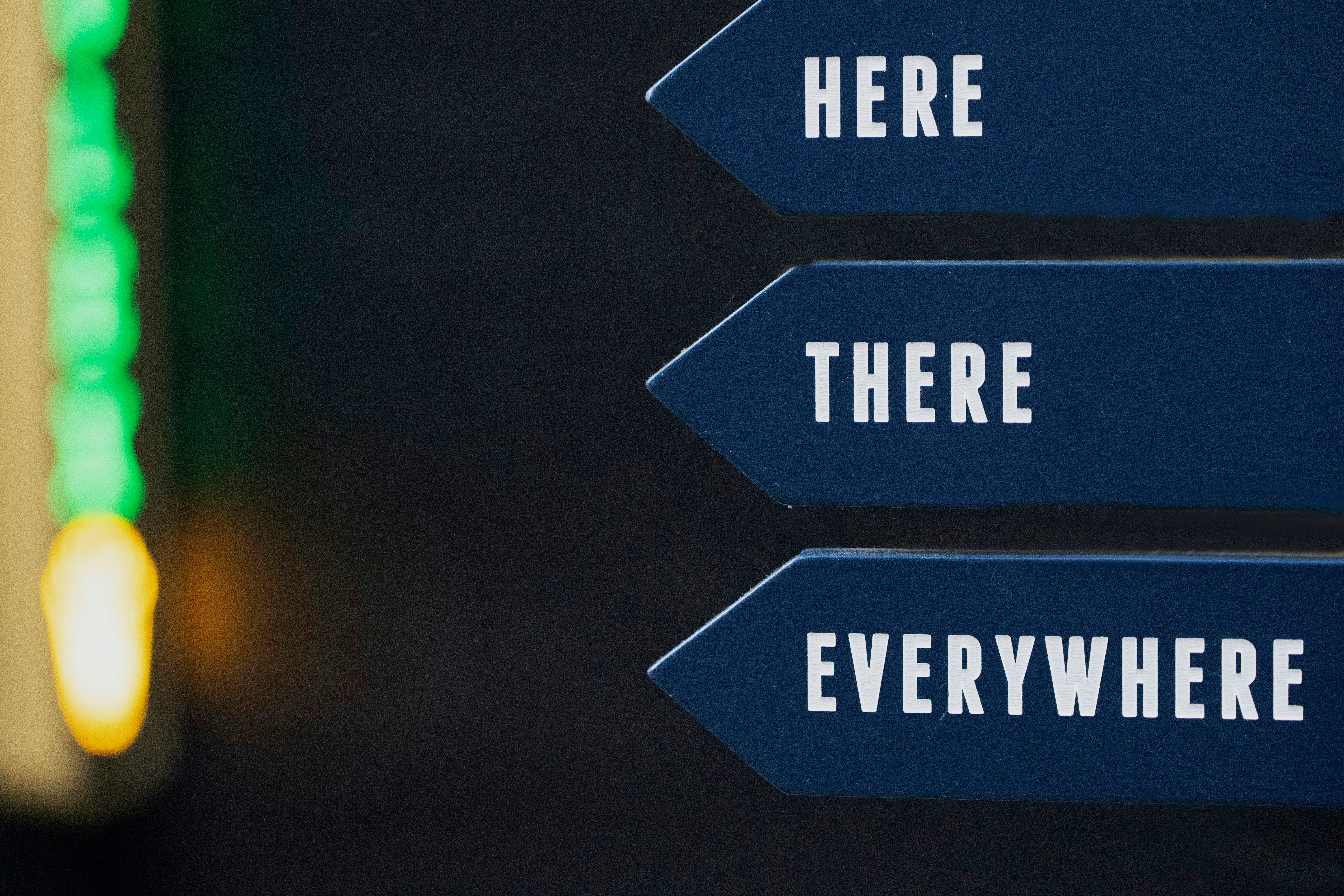2025: Forecasts vs Actual Outcomes
2025: A Year of Miscalculations and Mispredictions
As we reach the midpoint of 2025, it's become apparent that many predictions made a decade ago about our current year were far from accurate. These predictions ranged from the proliferation of autonomous cars, the widespread adoption of virtual reality over handheld devices, and the phasing out of traditional schools and currency.
In retrospect, it's amusing to see how far off the mark these predictions were. And it's not just futurists and mystics who make such predictions – everyone engages in some level of prognostication, from corporate strategists to individuals. In the words of American inventor Charles Kettering, "We will have to spend the rest of our lives there," emphasizing the importance of understanding the future.
For this piece, I examined various archives to gather predictions about 2025 made in previous years, focusing on those relevant to the media world. Here are some common themes that emerged, along with lessons we can derive from them.
Virtual Reality: A Distant Reality
One premonition that turned out to be off the mark was the widespread adoption of virtual reality (VR) and augmented reality (AR), with the notion that traditional handheld devices would become obsolete. However, recent data from GWI reveals that only 5% of the global population currently owns a VR headset, with only 26% expressing excitement about the technology.
The lesson here? The things people care about most when purchasing technology – cost, battery life, and comfort/form factor – must be addressed in order for widespread adoption to occur. Most VR/AR products have failed to meet these criteria, which has hindered their popularity.
E-Books: The Revolution That Never Was
Another prediction that didn't materialize as expected was the obsolescence of print books, with all publishing existing digitally. The e-book revolution, initially anticipated, has yet to happen, with just 8% of the populace owning an e-reader. In contrast, 51% still prefer reading physical books over digital versions.
This serves as a reminder that new technology doesn't always replace the old; instead, the coexistence of various formats can persist, as context plays a significant role in consumer preferences. Print books, for instance, are better for reading to children and sharing, while physical books as decorative items hold a certain allure. Moreover, e-books can be challenging to read in some settings, such as a bathtub.
Remote Work: A Prediction That Did Come True – Albeit Gradually
One prediction that has proved to be somewhat accurate is the increase in remote work, with 41% of the workforce now working from home on a typical week – a figure that has grown despite some recent declines. However, what went unforeseen was the catalyst for this shift, which in this case, was a global pandemic rather than incremental changes over time.
Nassim Nicholas Taleb, a prominent scholar, cautions against assuming the future arrives gradually. Instead, he suggests recognizing the presence of 'black swans' – transformative forces that can disrupt the status quo unexpectedly. ChatGPT, for example, falls into this category – a groundbreaking technology that even its creators did not fully anticipate.
Lessons for a Smarter Future
Beyond specific case studies, here are some takeaways for developing more accurate foresight:
- Change happens gradually and faces obstacles: Friction from cultural resistance, political pushback, and entrenched systems can delay the implementation of new technologies.
- Insights often come from average individuals: The best predictions often stem from ordinary people, whose actual behavior plays a larger role in shaping the future than just technological innovation.
- Futuristic predictions tend to follow familiar patterns: Regardless of the decade, pundits have consistently forecasted virtual reality, body implants, holograms, and/or ubiquitous touchscreens. The future, in truth, is far more multifaceted than we can easily imagine.
- Old habits persist: Technology may evolve, but longstanding customs can linger, such as radio, which has endured despite various technological disruptions, with listenership hardly changing in recent years.
The future, as always, remains uncertain, with new technologies and behaviors emerging while others fade away. Yet, the rate and direction of change often defy our expectations. And, in the end, your average Joe might provide a better gauge of the future than those getting paid to predict it.
- In the media world, predictions about 2025 made in previous years were often incorrect, such as the widespread adoption of virtual reality (VR) and the phasing out of print books.
- Despite the popularity of new technologies like VR and e-books, only a small percentage of people own them, demonstrating the importance of addressing cost, battery life, and comfort in design to promote widespread adoption.
- One prediction that proved somewhat accurate was the increase in remote work, although the catalyst for this change was a global pandemic instead of gradual progress.
- To improve foresight, it's crucial to consider change as a gradual process with obstacles, insights from average individuals, patterns in futuristic predictions, and the persistence of old habits. This means understanding that the future is complicated and often defies expectations.







